|
|
Virgin and Child, Enthroned, |
|
|
|
Virgin and Child, Enthroned, |
|
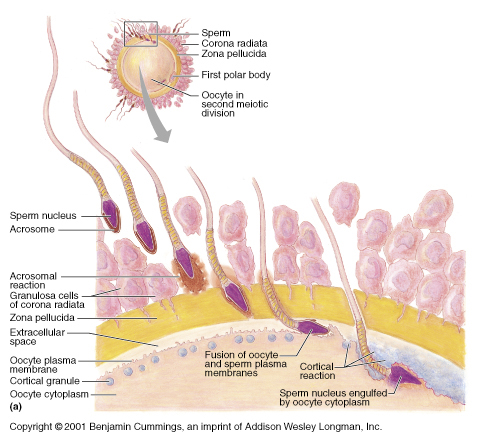 |
|
|
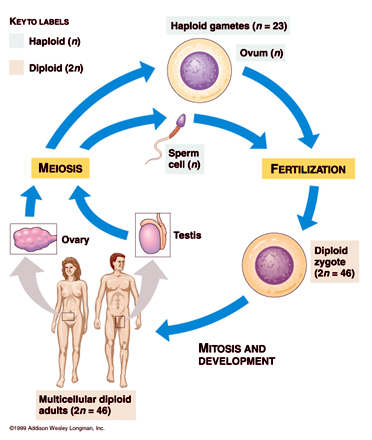 |
GENETIC
ERRORS
and
ETHICAL
/PHILOSOPHICAL
DILEMMAS
 |
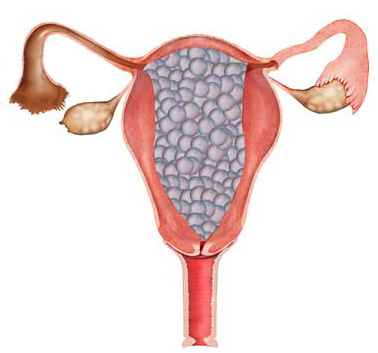 |
|
Hydatiform Mole |
Molar Pregnancy |
A hydatidiform mole, or molar pregnancy, results from over-production of the tissue that is supposed to develop into the placenta.
Gestational trophoblastic disease (GTD) is a group of rare tumors that involve abnormal growth of cells inside a woman's uterus. GTD does not develop from cells of the uterus like cervical cancer or endometrial (uterine lining) cancer do. Instead, these tumors start in the cells that would normally develop into the placenta during pregnancy. (The term "gestational" refers to pregnancy.)
GTD begins in the layer of cells called the trophoblast that normally surrounds an embryo. (Tropho- means "nutrition," and -blast means "bud" or "early developmental cell.") Early in normal development, the cells of this layer form tiny, finger-like projections known as villi. These villi grow into the lining of the uterus. In time, the trophoblast layer develops into the placenta, the organ that protects and nourishes the growing fetus.
Most GTDs are benign (non cancerous) and they don't invade deeply into body tissues or spread to other parts of the body. But some are cancerous. Because not all of these tumors are cancerous, this group of tumors may be referred to as gestational trophoblastic disease, gestational trophoblastic tumors, or gestational trophoblastic neoplasia. (The word neoplasia simply means "new growth.")
All forms of GTD can be treated. And in most cases the treatment produces a complete cure.
The main types of gestational trophoblastic diseases are:
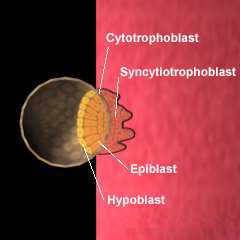 |
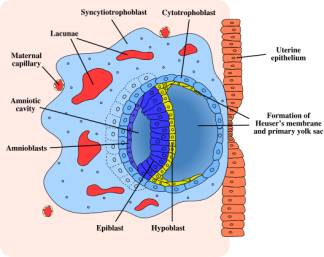 |
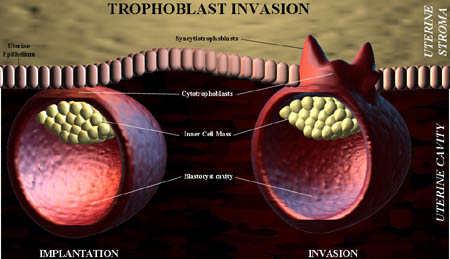 |
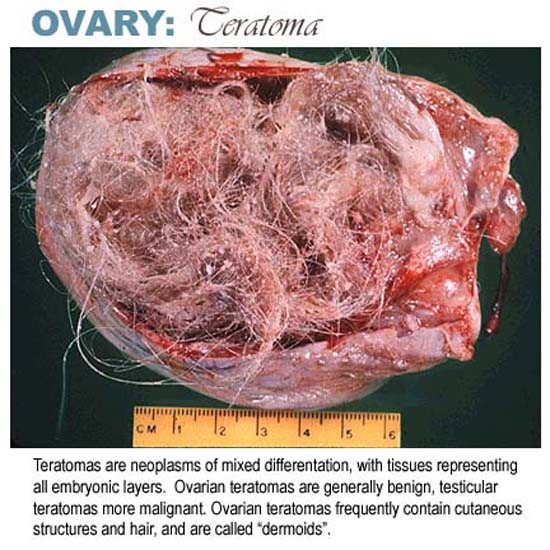 |
|
Ovarian Teratoma |
 |
|
Newborn with Teratoma |